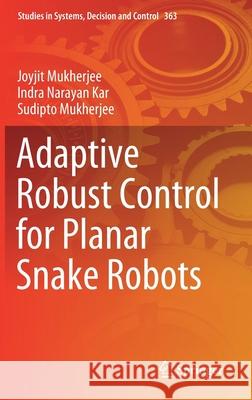Adaptive Robust Control for Planar Snake Robots » książka
topmenu
Adaptive Robust Control for Planar Snake Robots
ISBN-13: 9783030714598 / Angielski / Twarda / 2021 / 168 str.
Adaptive Robust Control for Planar Snake Robots
ISBN-13: 9783030714598 / Angielski / Twarda / 2021 / 168 str.
cena 524,53
(netto: 499,55 VAT: 5%)
Najniższa cena z 30 dni: 501,19
(netto: 499,55 VAT: 5%)
Najniższa cena z 30 dni: 501,19
Termin realizacji zamówienia:
ok. 22 dni roboczych.
ok. 22 dni roboczych.
Darmowa dostawa!
Kategorie:
Kategorie BISAC:
Wydawca:
Springer
Seria wydawnicza:
Język:
Angielski
ISBN-13:
9783030714598
Rok wydania:
2021
Wydanie:
2021
Numer serii:
000477984
Ilość stron:
168
Waga:
0.44 kg
Wymiary:
23.39 x 15.6 x 1.27
Oprawa:
Twarda
Wolumenów:
01
Dodatkowe informacje:
Wydanie ilustrowane











